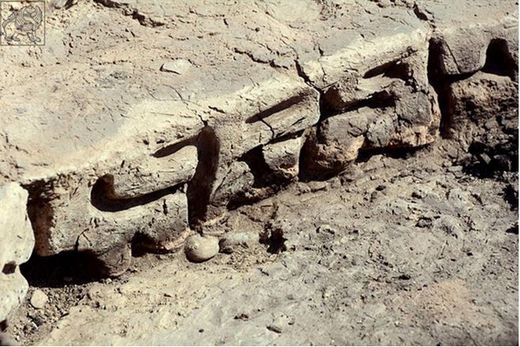
© Alexander Zemlianichenko / Reuters View of the Amber Room just before its opening after a complete restoration in the Catherine Palace in St. Petersburg May 31, 2003.
The Nazi gold train that made headlines last week could contain the legendary Amber Room, presented to Tsar Peter the Great by the King of Prussia, according to British author and journalist Tom Bower. Meanwhile, the Polish have lawyered up, staking a claim to the finds.
The story of the train, lost to the world for 70 years, does seem to be real, according to official Polish claims, which follow reports by two treasure hunters. The authorities have warned foragers to steer clear, claiming there is a possibility the train could be booby-trapped. Not only the fortune seekers, but the Polish authorities as well, have been on the hunt for the legendary treasure for decades.
However, the find's authenticity remains in dispute. Despite wide accusations that last week's claim was a hoax, Piotr Zuchowski, head of national heritage at Poland's Culture Ministry, said he has seen a geo-radar image of what is claimed to be the discovered train. As shown in the picture, it would be more than 100 meters long. The data was presented by the lawyers of the two men who say they found it.
Local tales claim that the train vanished near Ksiaz castle, about two miles south-east of Walbrzych.
But the discovery - which already has everyone excited at the prospect of finding gold, gems and precious metal ores worth an estimated $385 million - could contain an even bigger prize, according to Tom Bower, a prominent British investigative journalist and author of several books, including
Nazi Gold: the Full Story of the Fifty-Year Swiss-Nazi Conspiracy to Steal. He is particularly known for a series of investigations into WWII topics, as well as his unauthorized biographies.
Speaking to Sky News, Bower expressed hopes that the room, which was comprised entirely of intricate amber designs, but looted by the Nazis during WWII, could be hiding inside the train. The chamber was decorated with amber panels, complete with gold ornaments and mirrors. A meticulously-restored replica unveiled in 2003 is currently housed in its rightful home - Catherine the Great's palace in Tsarskoye Selo, south of the city of St. Petersburg.


Comment: While headlines scream that immigration is the problem, it's really a symptom not the problem.